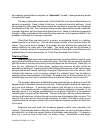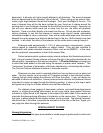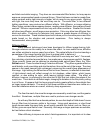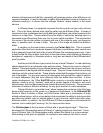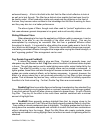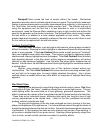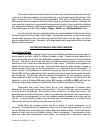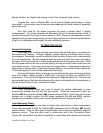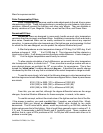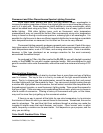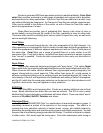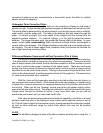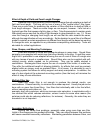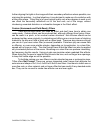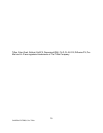
CAMERA FILTERS © Ira Tiffen
13
filters for exposure control.
Color Compensating Filters
Color Compensating filters are used to make adjustments to the red, blue or green
characteristics of light. These find applications in correcting for color balance, light source
variations, different reversal film batches, and other color effects. They are available in
density variations of Cyan, Magenta, Yellow, as well as Red, Blue, and Green filters.
Decamired® Filters
Decamired filters are designed to more easily handle unusual color temperature
variations than the previously mentioned filters. Available in increments of both a red and a
blue series, Decamired filters can be readily combined to create almost any required
correction. In measuring the color temperature of the light source, and comparing it to that
for which the film was designed, we can predict the required filtration fairly well.
A filter that produces a color temperature change of 100 deg. K at 3400 deg. K will
produce a change of 1000 K at 10,000 deg. K. This is because the filter relates to a
visual scale of color. It will always produce the same visible difference. A color change of
100 K at the higher temperature would hardly be noticed.
To allow simple calculation of such differences, we convert the color temperature
into its reciprocal, that is, to divide it into '1.' Then, since this is usually a number with six or
more decimal places, we multiple it by 10
6
, or one million, for convenience. This is then
termed the 'mired value,' for micro reciprocal degrees. It identified the specific change
introduced by the filter in a way that is unrelated to the actual temperature range involved.
To see this more clearly, let's look at the following changes in color temperature from
both the degree and mired differences. Numbers are degrees Kelvin, those in parentheses
are mireds:
9100 (110) to 5900 (170) = difference of 3200 (60)
4350 (230) to 3450 (290) = difference of 900 (60)
4000 (250) to 3200 (310) = difference of 800 (60)
From this, you can see that, although the degree differential varies as the range
changes, the actual filtration difference for these examples, in mireds, is the same.
To use this concept, subtract the mired value of the light source from that of the film.
If the answer is positive, you need a reddish filter; if negative, use a bluish filter. Mired-
coordinated filters are termed as decamireds. Mired value divided by ten yields
decamireds. The 60 mired shifts, above, would be produced by an R6 filter, where the
higher values were that of the lighting. Sets of such filters generally come in values of 1.5,
3, 6, and 12 decamireds in both B (bluish) and R (reddish) colors. These numbers are
additive; that is, a pair of R3's produces an R6. An R6 plus a B6 cancel each other out to
produce a neutral gray.



